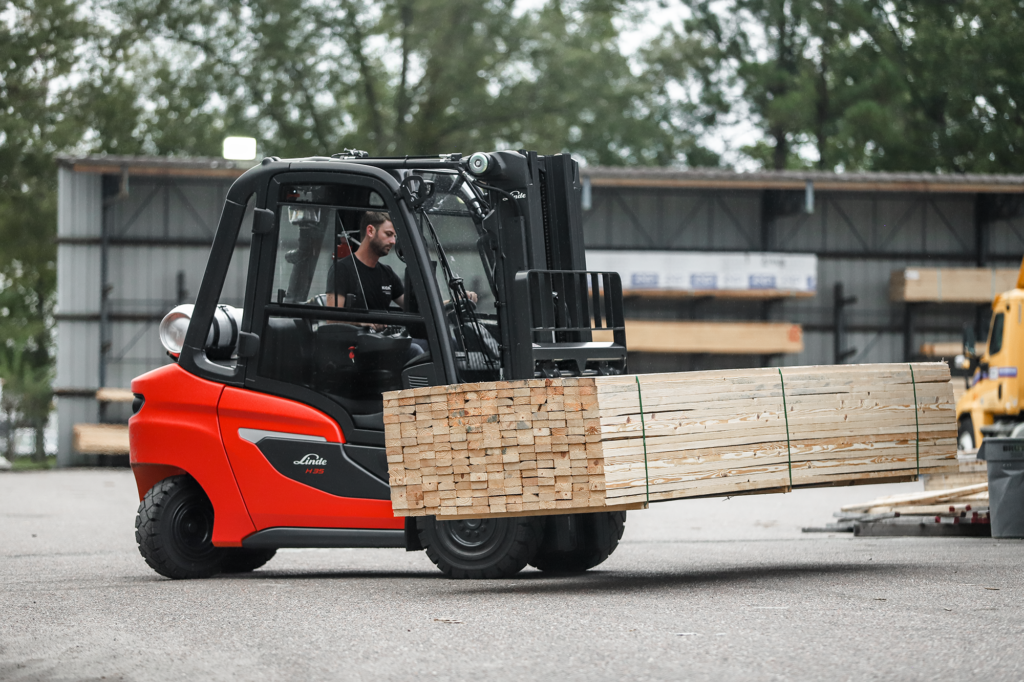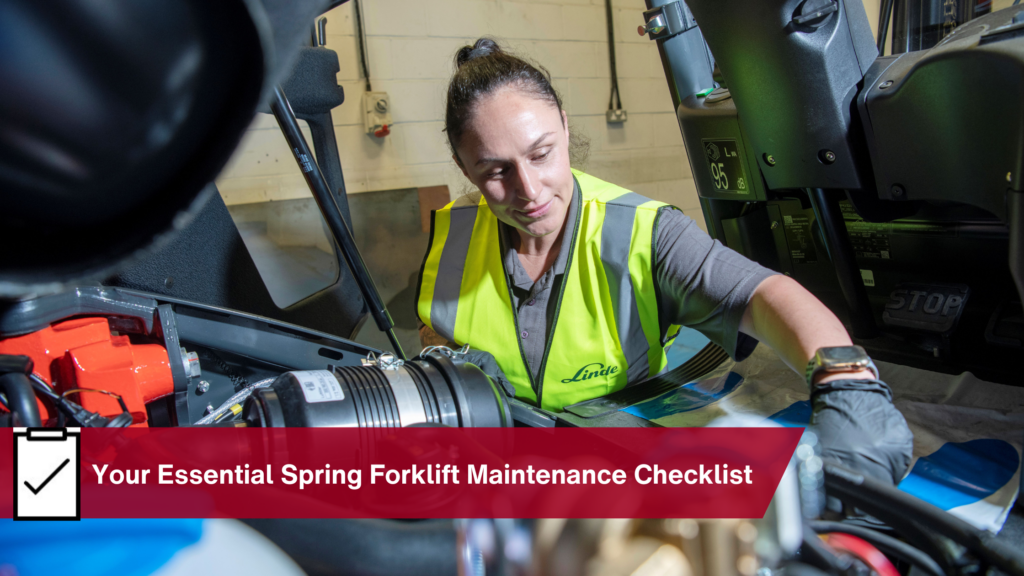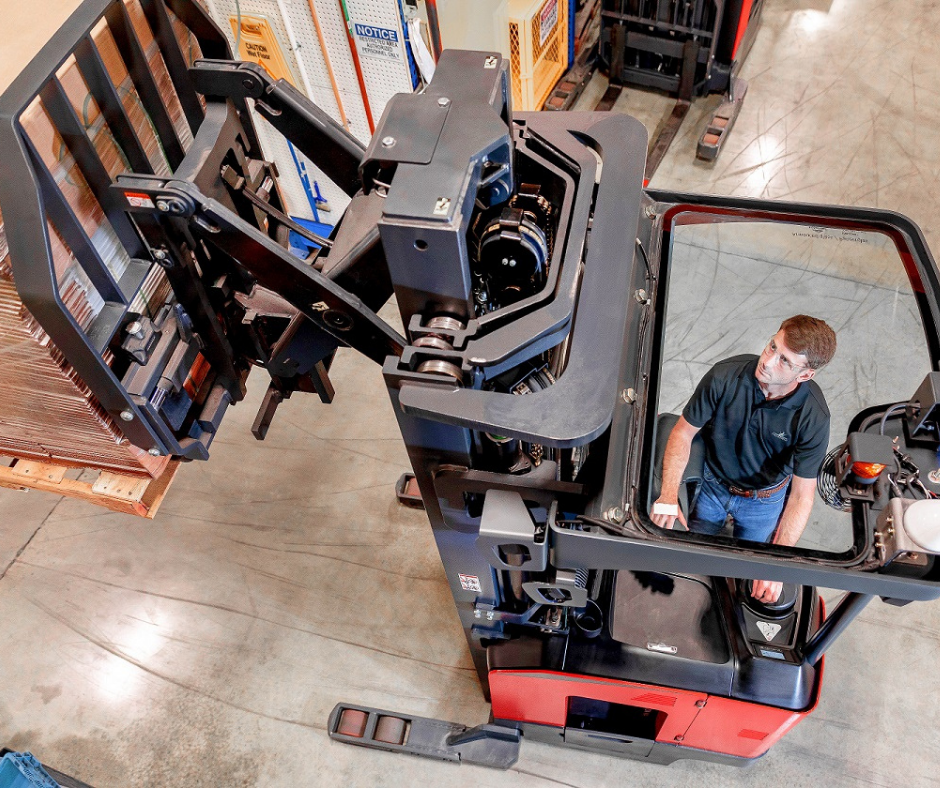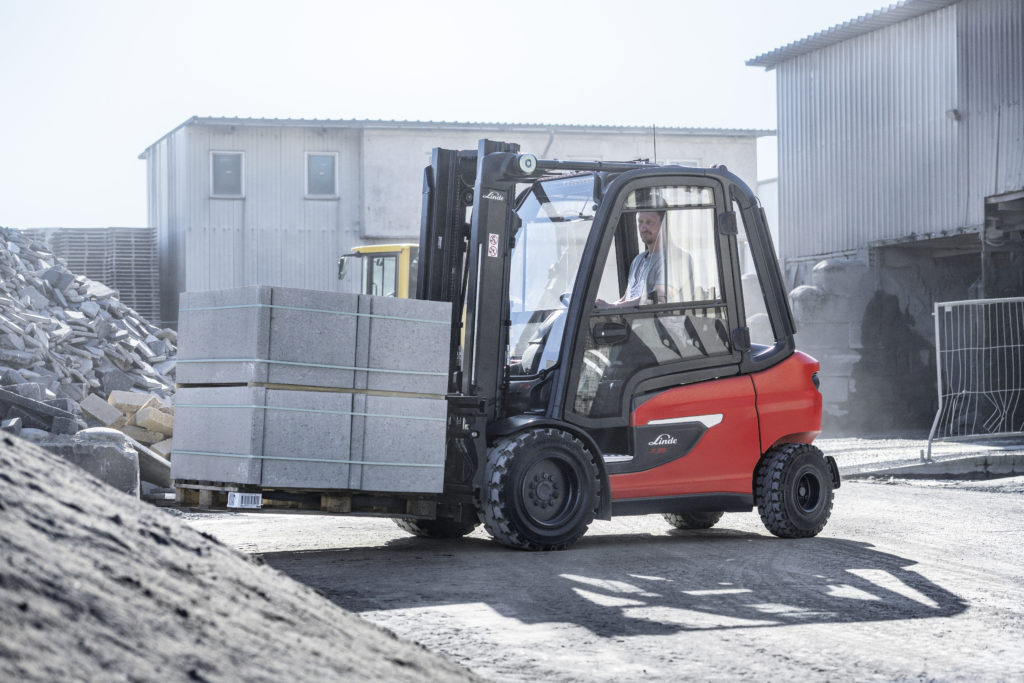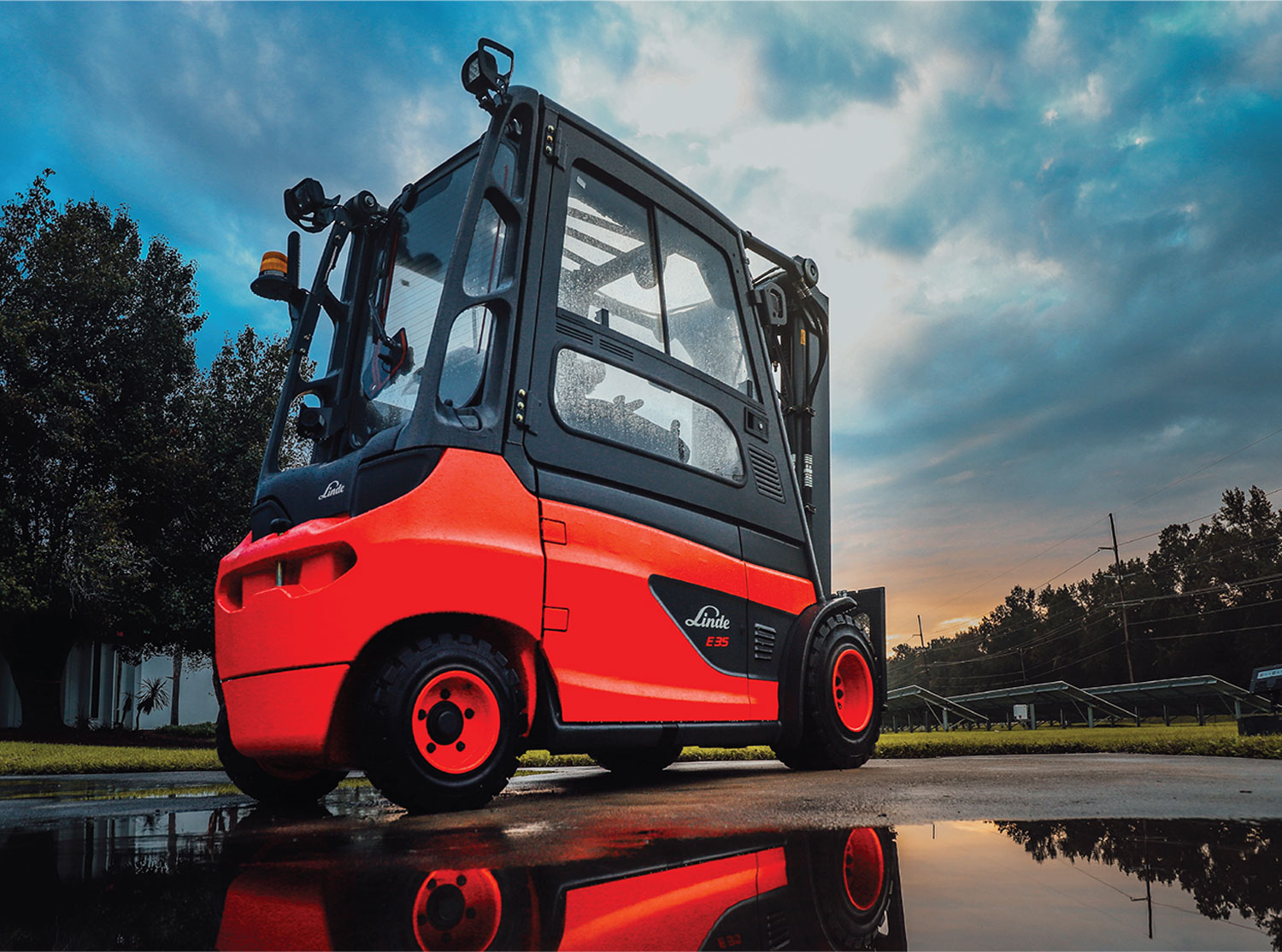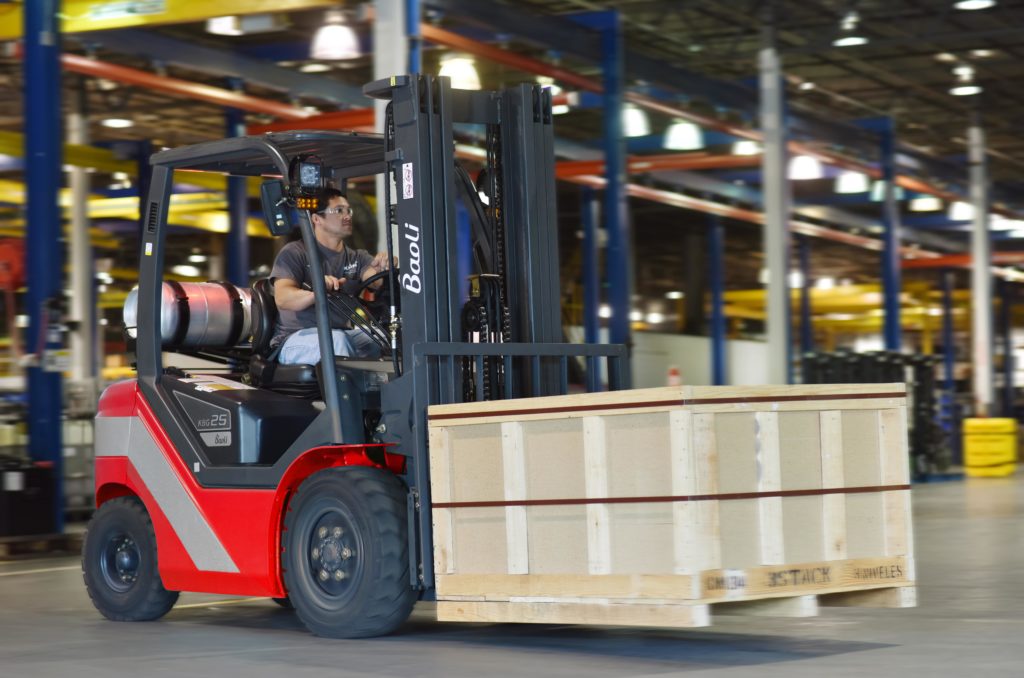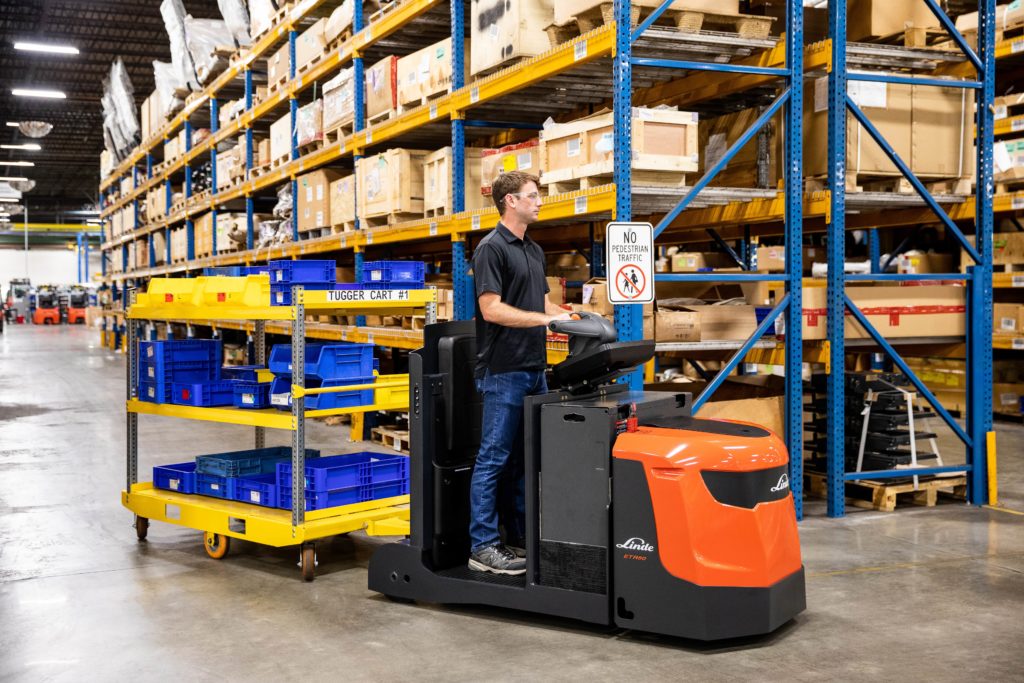Understanding the Importance of Forklift Data Plates: Ensuring Safety and Compliance
A forklift data plate is more than just a metal or plastic identifier affixed to the vehicle; it is a lifeline of crucial information essential for safe operation and regulatory compliance. Data plates are found on every forklift truck and serve as indispensable guides, detailing the capabilities and specifications vital for operators and maintenance personnel …
Understanding the Importance of Forklift Data Plates: Ensuring Safety and Compliance Read More »

